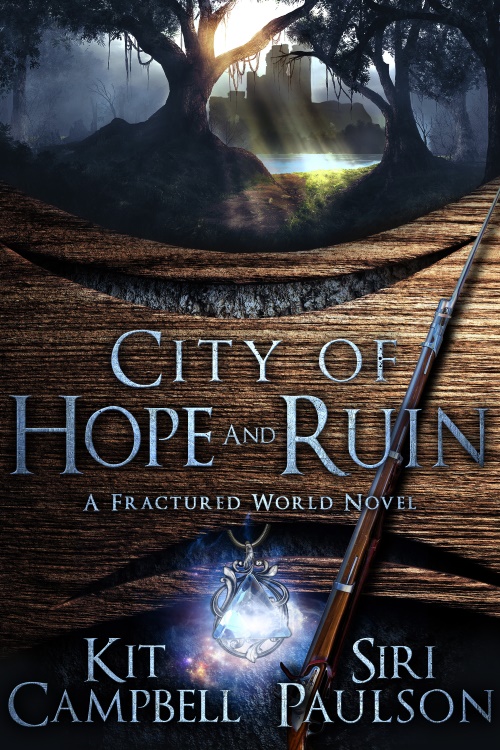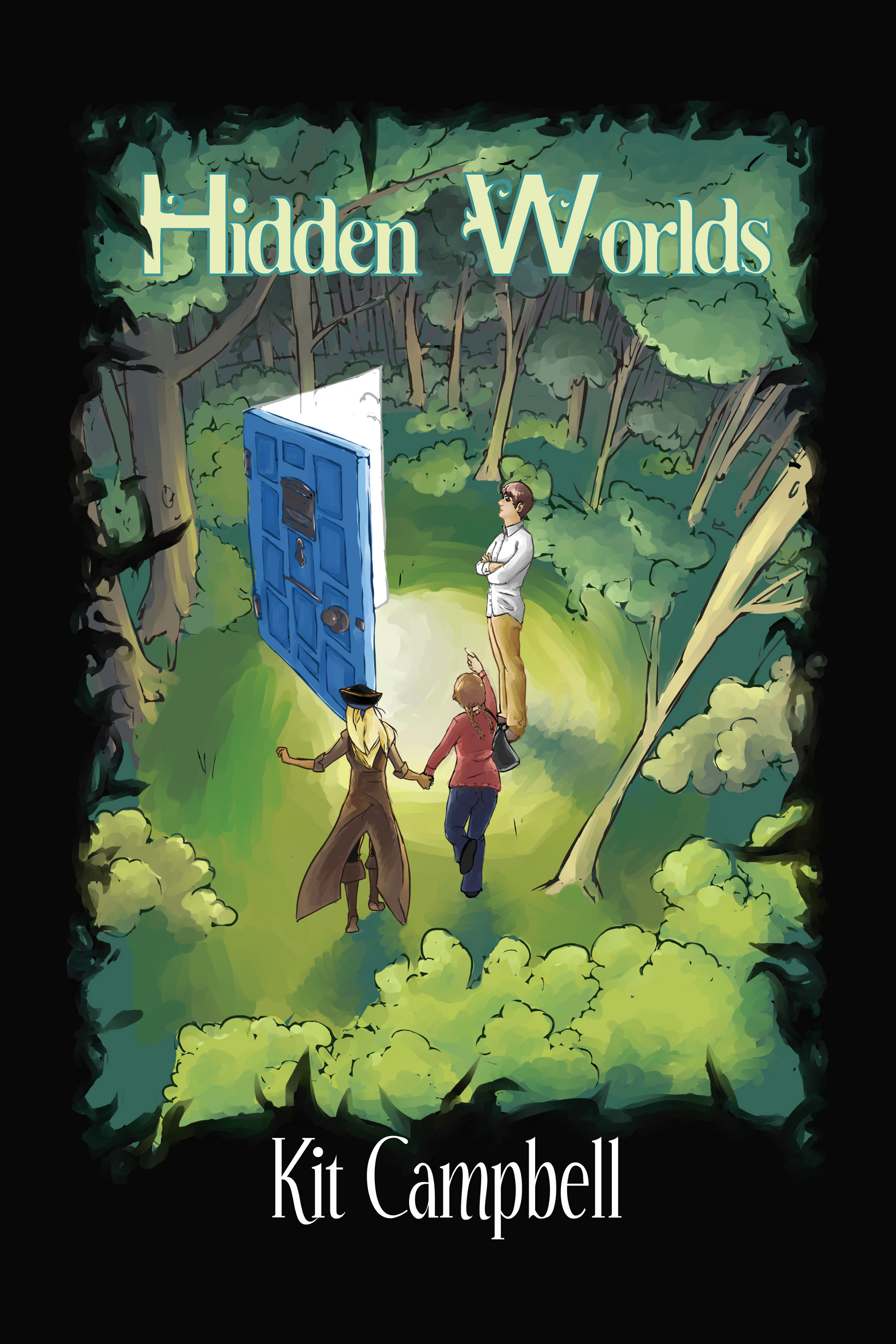Okay, Squiders! Let’s get into the meat of things. Today we’ll be talking about “traditional” methods of short story submission and publication. As a short recap, “traditional” publishing is the method of publishing that has been the norm for the last several decades, where authors send out a story to a market with the hope that said market will buy it and pay them money.
For short stories, your traditional paths fall into three main categories:
- Magazines (including e-zines) and journals
- Anthologies
- Short story collections
We’ll take a look at each of these in order.
Magazines/Journals
A magazine is a soft-bound publication that often features a mixture of articles, advertisements, and pictures, often centered around a theme, that is released on a regular basis. A journal, in this case, is similar to a magazine but tends to focus more on publishing stories. These are sometimes known as a literary journal, but many people use both magazine and journal interchangeably. There are publications that combine the two, featuring a mixture of articles and stories.
And e-zine or online journal is essentially the same idea, except the final product is digital. These can be an e-book type file, which can be downloaded and read on e-readers, or everything might be hosted on a website.
When submitting to a magazine or journal, it’s important to do your research beforehand and make sure the publication in question is open for submissions, and that they publish the type of story you’re trying to sell. Most publications will clearly list their submission guidelines on their websites.
Various websites will list open markets. The most well-known of these is Duotrope. Duotrope keeps track of short story markets and also provides acceptance and response time stats. It is a subscription-based website, costing $5/month at this time, which can be somewhat costly if you aren’t using it regularly or aren’t selling on a regular basis. A free alternative is the Submission Grinder, which also keeps track of markets and stats. There are others, and websites also exist for specific genres.
Markets tend to be divided by pay rate. Short stories tend to be paid on a price per word, though many markets pay a flat rate per story as well. The highest rate is known as pro, and tends to be at least $.06/word, though some publications do offer higher. So, for example, if you had a 2500-word short story, you’d get $150 for it at a pro rate of $.06/word. Some professional writing associations, such as the Science Fiction Writers of America (SFWA), will only accept pro-level short story sales as a consideration for membership.
The next highest level is semi-pro, where pay rates are greater than $.01/word but less than $.06/word. Then you get into token, which is where you get paid something, but it’s typically $.01/word or less. A lot of token markets pay a flat fee, often somewhere between $5 and $25 per story. Markets that pay a larger flat fee (such as $50 or $100) may be rated as a semi-pro or pro market, depending on the word count on stories they accept.
The final payment category is non-paying or exposure markets. With these, you’re not paid in money, but in exposure and experience. This means that you often receive a bylaw at the top or the bottom of the story where you can advertise or link to something else, such as your website or a recent novel release.
Many websites that list short story markets allow you to search specifically by payment category, as well as genre and accepted word count. They also allow you to search for anthology calls and contests, which will discuss later.
There are two main ways people go about choosing submission markets. The first is to write and polish a short story, and then do research to see what markets would be acceptable; the second is to choose a market and then write a story that feels like it would be a good a fit. Either way, once you choose your market and finalize your story, you can start submitting.
WARNING: Some markets only accept submissions during certain times of the year, called reading periods. If you submit a story outside of these periods, or while a market is closed to new submissions (which sometimes happens if a publication gets too backlogged), your submission will be deleted unread and you will have wasted your time.
Most short story publications accept submissions one of two ways:
- Through email
- Through an online submission portal
Some publications still accept or insist on snail mail submissions, though these are lessening. When submitting a short story for consideration, you will need a cover letter. These can be very short and essentially just need to include the story title, genre, and word count, as well as your name. Some publications will also ask for a short bio. If your story has been previously published elsewhere, you would also note this in your cover letter.
NOTE: Not all publications will consider a previously-published story, also known as a reprint. Their submission guidelines on their website will specify. Publications that do accept reprints often pay less than they would for an unpublished story.
In almost all cases, you submit the complete text of your story with your cover letter. The publication will specify their preferred format in their guidelines, but many accept a standard manuscript format, which you can find through an Internet search. (This is mainly for email submission; oftentimes online portals strip out most of the formatting and a block paragraph style may be the most readable option.)
Once you’ve made sure your story is in the proper format and you’ve met all the submission guidelines, you can go ahead and submit.
BEWARE: In many cases, you’ll have to send your story to one market at a time. Sending it to more than one market at a time is known as simultaneous submissions, and many publications don’t accept them. Though, in theory, they may never know, if you’re caught in a situation where more than one publication has accepted the story, you’ll be stuck in the awkward situation of having to explain to one what’s happened, and you might find yourself unwelcome from submitting to that market in the future.
Short story publications will have you sign a contract upon acceptance of your story that specifies which rights they’re buying (varies by publication, but may include first publication rights, serial rights, audio rights, etc.) and how long it is before the rights revert to the author.
It often takes several months for your story to appear in an issue or on a website, as many publications buy more stories than they immediately have slots for. The publication should tell you when your story will appear and, in some cases, may offer you that issue for free.
Tada! That’s part 1, Squiders. Hopefully it’s helpful. Please let me know if any steps are unclear so I can tweak them! Part 2 will be on Thursday.



